Today is UN World Food Day! And this year’s theme is focused on food security and climate:
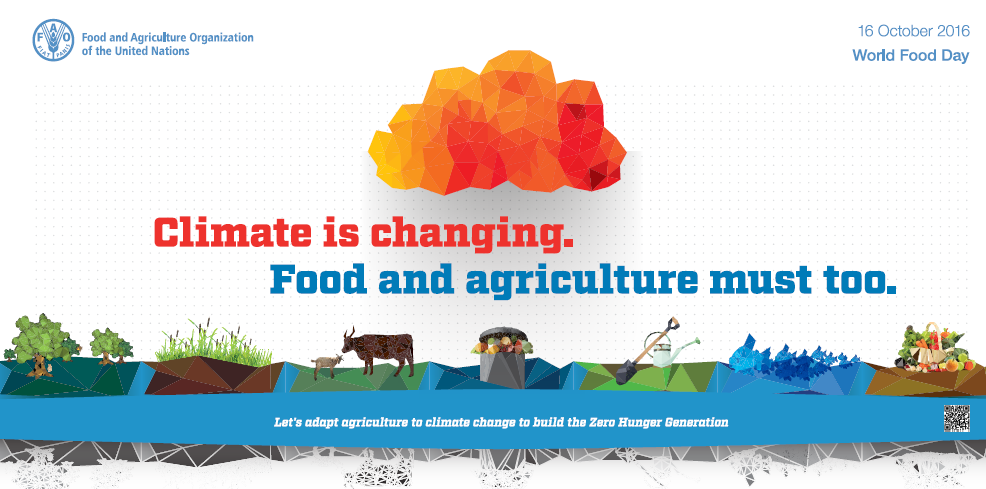
So what does food have to do with climate change?
Let’s start with animal agriculture. In Australia, emissions from agriculture contribute around 13% of the total national greenhouse gas emissions each year, which is Australia’s fourth highest source of emissions (after electricity, stationary energy and transport). Notably of these sectors, agriculture is the only sector to have decreased emissions in recent years.
The vast majority of emissions are methane from livestock (basically cows burping and “passing wind”), with smaller volumes from other sources such as fertiliser.
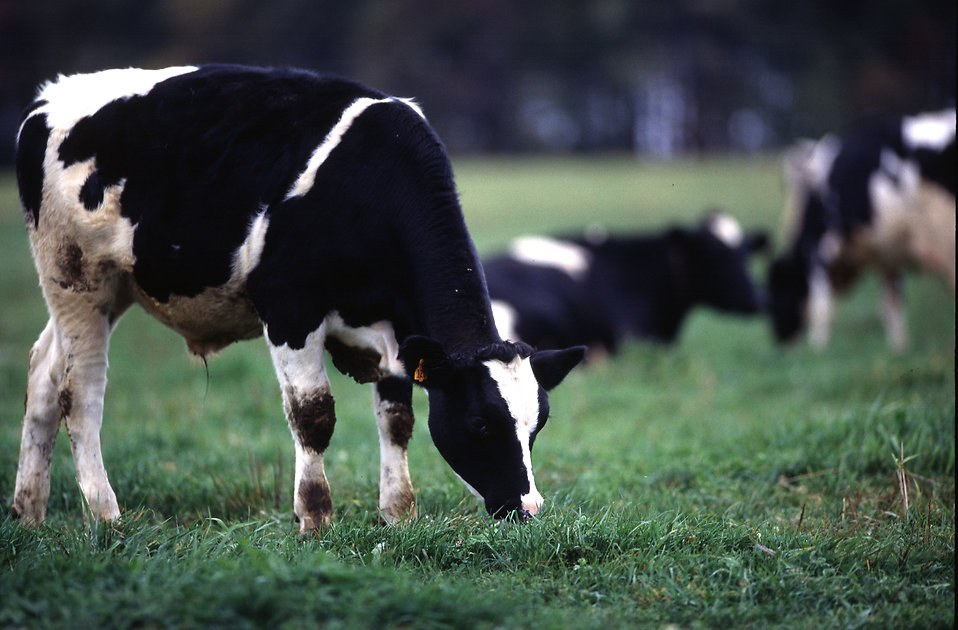
How can we reduce agriculture emissions?
Scientists are investigating how changes to cow feedstock which could make the cows less gassy and how changes to farming methods could minimise emissions. However, ultimately, reducing demand for these products is necessary to make a big difference.
Reducing the amount of animal products that we eat (particularly lamb, beef and dairy products) and and eating more plant-based foods can contribute towards reducing these emissions. This can also have other important environmental benefits, like using less water and land.
Other important factors like reducing food
waste can also help to reduce the emissions of your meals.
What about food waste?
Here’s a scary statistic: If global food waste were a country, it would be the third largest emitter of greenhouse gases in the world, behind the U.S. and China.
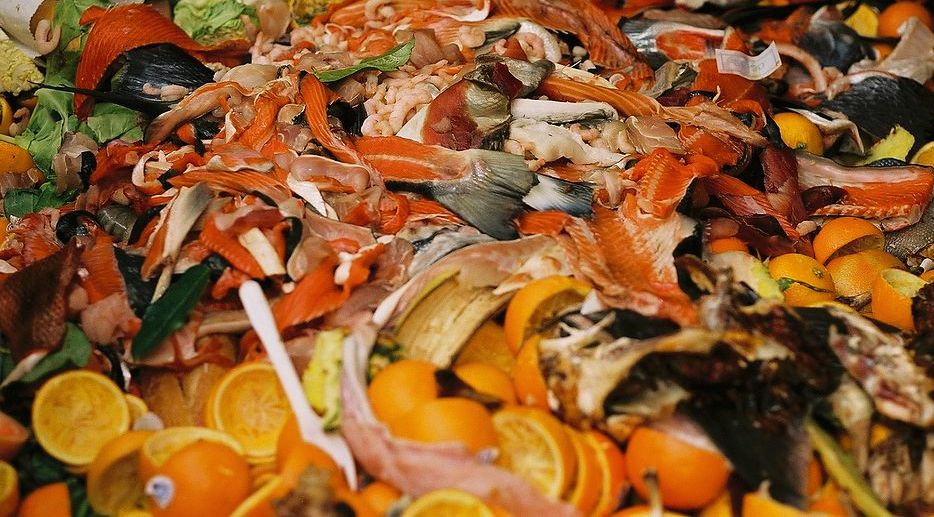
On average, Australians throw out up to 20% of the food they buy. On top of that, around 20-40% of fruit and vegetables are rejected before they even reach the shelves. And then there’s the waste from supermarkets, restaurants, cafes…
Across the whole country, one in three kilograms of the food produce is wasted. It comes at a huge environmental cost, a huge economic cost (we throw away $5.2 billion worth of food each year) and yet millions Australians are going to bed hungry every year.
But what does food waste have to do with climate change?
Basically, rotting food produces methane, a potent greenhouse gas. By sending this food waste to landfill, Australians are generating methane equivalent to around 6.8 million tonnes of carbon dioxide.
On top of that, the needless production, harvesting, transporting, and packaging of that wasted food, all generates greenhouse gases too – more than 3.3 billion metric tons of carbon dioxide, to be precise. It has been estimated that, by 2050, up to 14% of emissions from agriculture could be avoided by managing food use and distribution better.
So what are we doing about food waste?
Slowly but surely, organisations around Australia are starting to help with food waste reduction. And big leaps forward have been made overseas.
France was the first country to outlaw food wastage by supermarkets. Italy has also recently adopted similar laws and, in Denmark, the Prime Minister has food waste on the political agenda, with the country now binning 25% less food than it did five years ago.
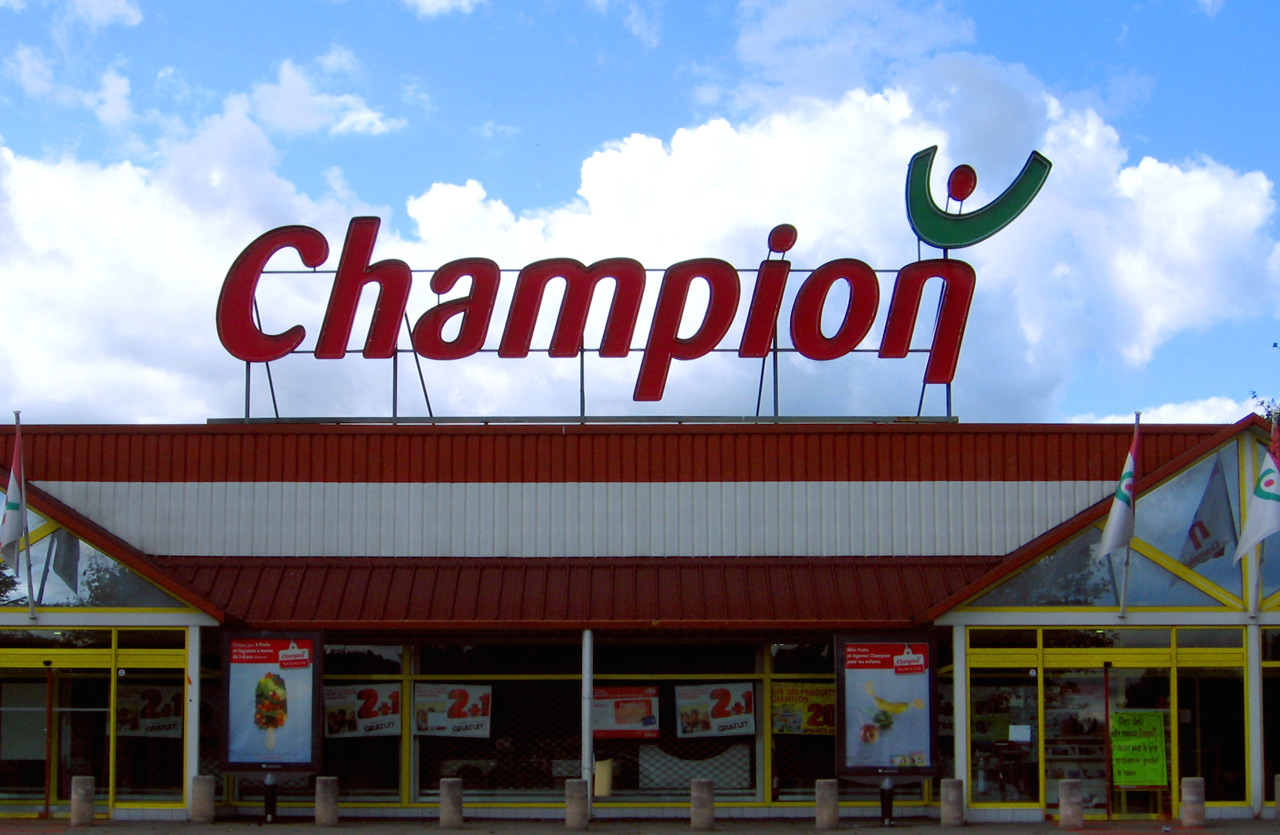
But what can you do personally? Here are some tips on how to get started.
How do food-related emissions compare to electricity-sector emissions?
At the moment, the electricity sector contributes around 34% of greenhouse gas emissions in Australia each year. This is more than double the emissions from agriculture.
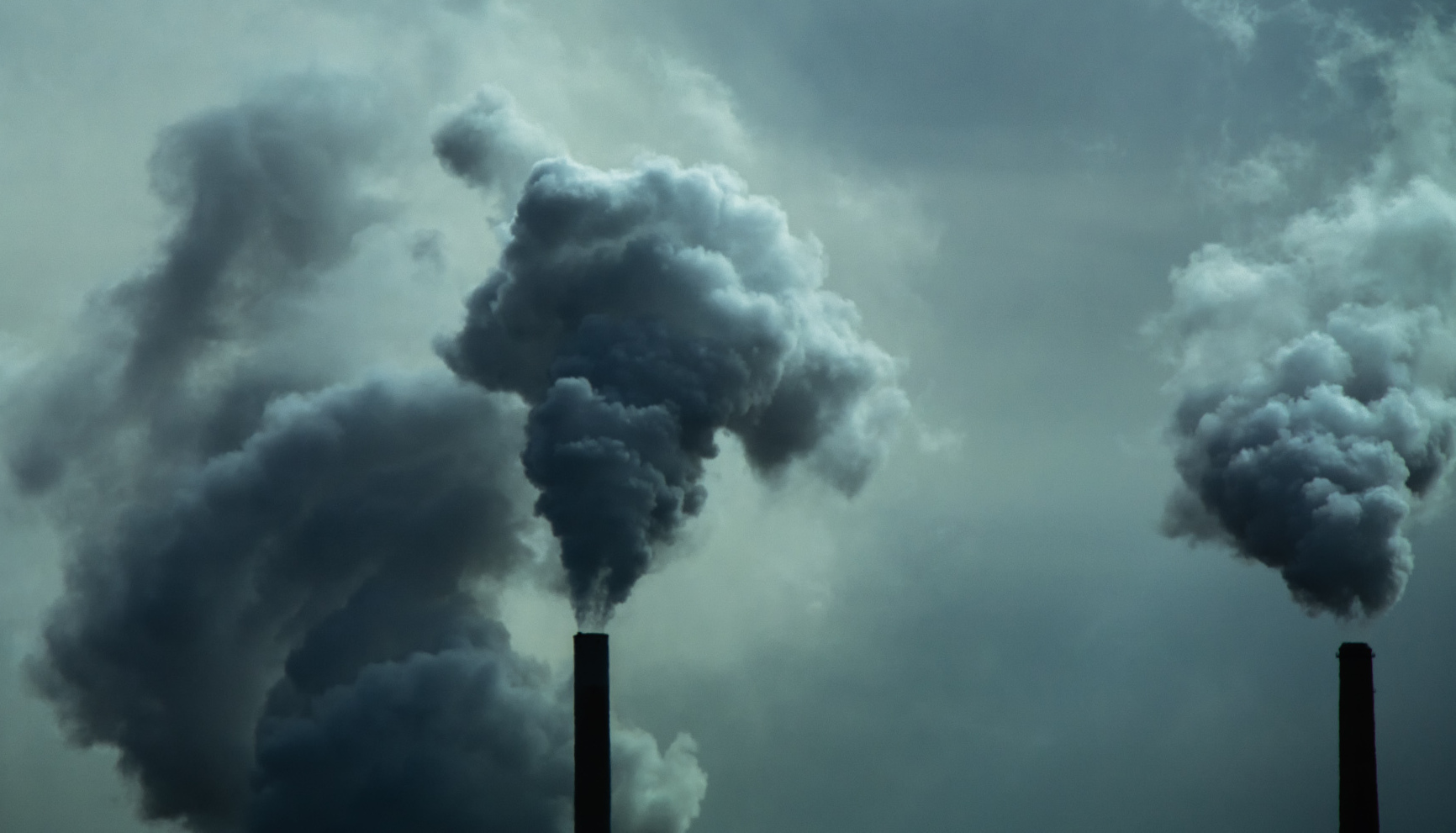
So while reducing consumption of animal products, eating more sustainably, and reducing food waste are all important to reducing greenhouse gas emissions, we must see change in the electricity sector if we want to tackle climate change.
And unlike changing diets and food waste habits, which will require a gradual cultural shift, changing our energy sources and reducing our energy consumption primarily requires political commitment.
We already have the technology and are seeing it adopted on a large scale around the world. Emissions reductions from the electricity sector could deliver the rapid and significant cuts that we need as soon as possible.
IMAGE CREDITS:
1. Keith Weller via USDA ARS licensed under CC BY 1.0
2. Flickr user Sporkist licensed under CC BY 2.0
3. M.Minderhoud via Wikimedia Commons licensed under CC BY-SA
4. Flickr user isnapshot licensed under CC BY-NC 2.0